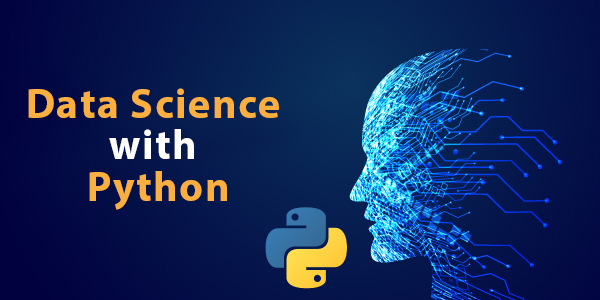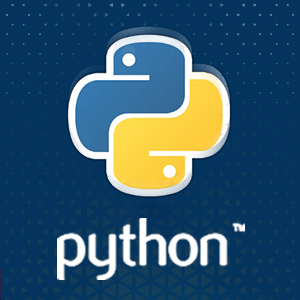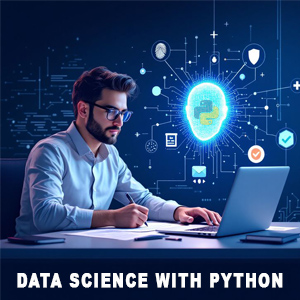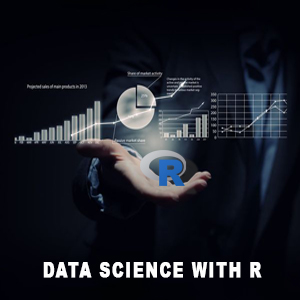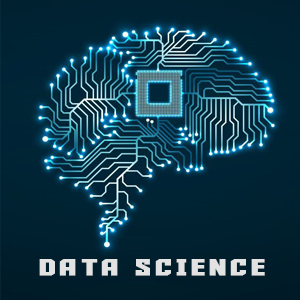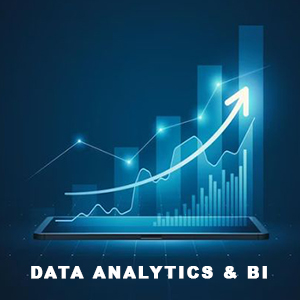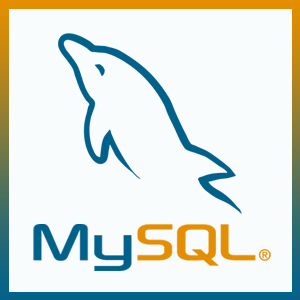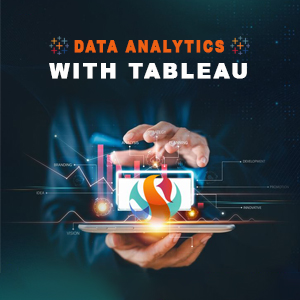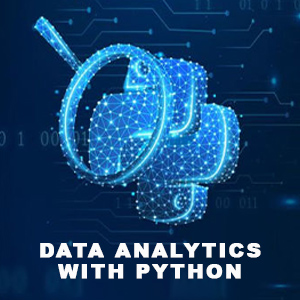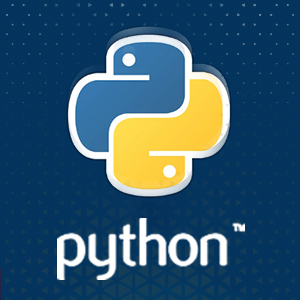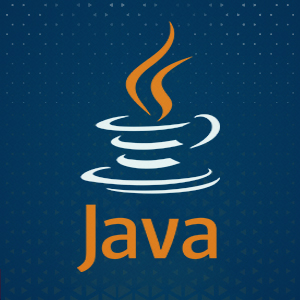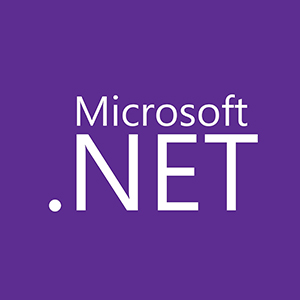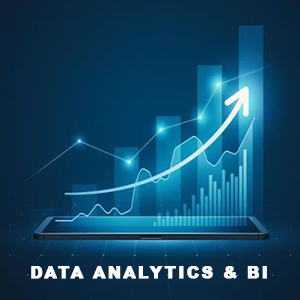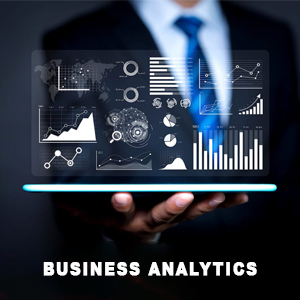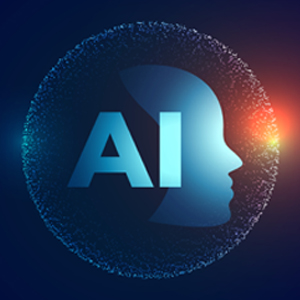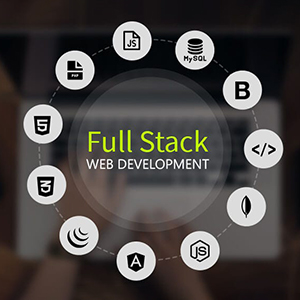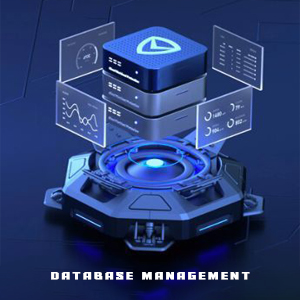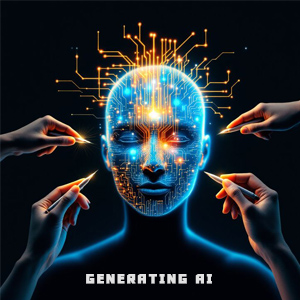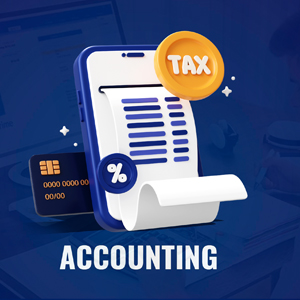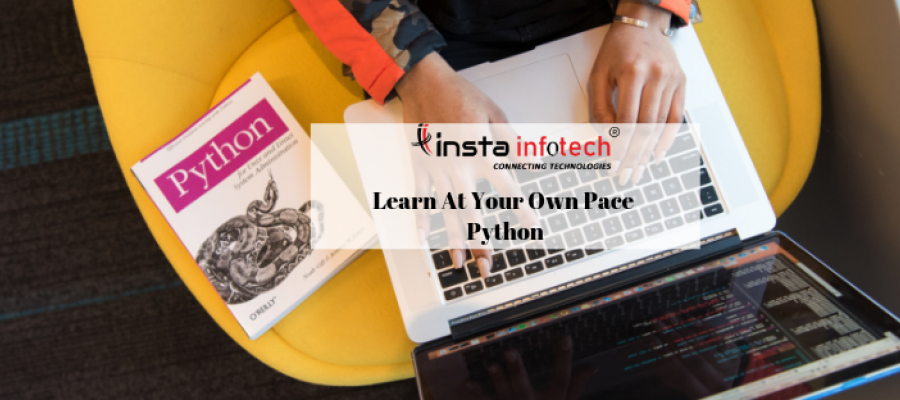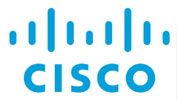Call For Inquiry
- Python Basics: Learn Python programming essentials for data science, including Data Types, Loops, and Functions.
- Data Manipulation: Master Pandas and NumPy for data cleaning, transformation, and analysis.
- Data Visualization: Create interactive and insightful visualizations using Matplotlib and Seaborn.
- Machine Learning: Explore supervised and unsupervised learning techniques using Scikit-Learn.
- Real-World Applications: Work on projects in Predictive Modeling, Data Analysis, and Data Visualization.
- Certification: Receive a recognized Data Science Certification to validate your expertise.
- Master Python for Data Science: Learn Python programming fundamentals and its applications in Data Analysis and Machine Learning.
- Data Manipulation & Cleaning: Use Pandas and NumPy to clean, transform, and analyze datasets.
- Data Visualization: Create insightful visualizations using Matplotlib and Seaborn.
- Machine Learning: Build predictive models using Scikit-Learn and explore algorithms like regression, classification, and clustering.
- Real-World Projects: Apply your skills to real-world projects in Data Science and Machine Learning.
- Certification: Earn a recognized Data Science Certification upon course completion.
Why Choose Insta InfoTech®?
- Expert trainers with real-world experience in Data Science and Machine Learning.
- Hands-on training with practical projects and case studies.
- Flexible learning options (online and offline).
- Placement assistance to help you land roles like Data Scientist, Data Analyst, and Machine Learning Engineer.
- Lifetime access to course materials and support.
Who Should Enroll?
- Aspiring Data Scientists and Data Analysts.
- IT Professionals looking to upskill in Data Science and Machine Learning.
- Graduates seeking a career in Data Analysis and Predictive Modeling.
- Anyone interested in mastering Data Visualization and Machine Learning using Python.
Transform Your Career Today!
Join Insta InfoTech®’s Data Science with Python Training and become a data-driven professional. Gain the skills to analyze, visualize, and model data effectively, and open doors to high-demand roles in the IT industry.
Insta Infotech Data Science with Python Course, you will have a strong foundation in data science principles, techniques, and tools using the Python programming language. You'll be equipped with the skills to analyze data, create visualizations, and build predictive models. Whether you're pursuing a career in data science or aiming to leverage data-driven insights in your field, this course will empower you to unlock the power of Python and make informed decisions based on data.
- Python Fundamentals
- Python Data Types & Resources
- Library Reference for Python's Many Standard Libraries
- Language Reference for Python's Syntax.
- Set Python Virtual Environment Setup
- Input Output Operations
- Functions & Modules in Python
- Exceptions Handling
- Advanced Oops Concepts in Python with Various Data types
- Working with Set, List, Dict. , Tuple Data, Interfaces in Python
- Packages & Library with Pip
- Python Database Connectivity Configurations
- Data Management & Manipulations (Storage, Fetch, Retrieve, Maintain)
- Implementation Of All Concept In Project Preparations
- Powerful Graphical User Interface Toolkit for Python
- Drag-and-Drop GUI builder, with built-in hosting for Our Apps.
- Tk GUI toolkit shipped with python
- Specific Geometry Management methods
- Apply event triggers to the widgets
- Create Admin. & User Panel to Respond to user interactions.
- PDBC - Python Database Connection Configuration with SQL.
- MySQL Functions
- MySQL - Import and Export data
- Organizes Data Structure into Data Tables Services
- Manage & Manipulate Database
- Database operations -create/manage/ access & search
- Updates, join, clause
- Retrieve Data information.
- Introduction to SQL SERVER
- Storing and Retrieving Databases
- Sql Optimization and CRUD operations
- Data Import and Export from different sources
- SQL Operators, Join, Clause
- Deep Dive into SQL Functions
- Working with Subqueries, Views and Stored Procedure
- Linear Algebra Concepts.
- Matrix Operations Like Addition, Subtraction, Multiplication & Inversion
- Linear Models To Solve Real-world Problems
- Linear Regression to predict prices based on historical data.
- Linear Algebra For Data Science & How To Implement It With Python.
- NumPy - Numerical Python Techniques
- Single & Multi-Dimensional Arrays in NumPy
- NumPy Vectorization, Matrices, Indexing, and Slicing Concepts
- NumPy Mathematical, Arithmetic, Statistics Functions
- Random number generators in NumPy
- Linear Algebra & array computing
- Computing diff. Attributes of NumPy arrays.
- Use open source data analysis and manipulation tools
- Cleaning and Plotting data
- Working with data sets with Easy handling of missing data
- Flexible Merging, Joining, Reshaping and Pivoting of data sets
- Functions for analyzing, cleaning, exploring, and manipulating data.
- Powerful data structures for data analysis
- Time Series and Delta Attributes
- Slicing, Indexing & Sub- Setting of large data sets
- Time series-specific functionality
- Date Range Generation
- Frequency conversion
- Pandas Data Frame
- Understand Trends, And Patterns, And To Make Correlations.
- Create Plot By Connecting The Points Defined By X & Y Values.
- Create Publication Quality Plots.
- Matplotlib Utilities Under The “pyplot” Submodule
- Interactive Format Environments Across Platforms
- Customize Visual Style And Layout.
- Creating static, animated, and interactive visualizations.
- Generate A Wide Range Of Plots, Including Line Plots, Scatter Plots, Bar Plots, Histograms, Pie Charts, And More.
- Functions For Optimization, Stats And Signal Processing.
- Algorithms For Optimization, Integration, Interpolation Queries
- Algebraic Equations, Differential Equations, Statistics
- Extends Numpy Providing Additional Tools
- Array Computing And Provides Specialized Data Structures
- Numerical Integration
- Image Manipulation & Optimization
- Signal Processing & Fast Transforms
- Cloud-based service for software development and version control using Git, allowing developers to store and manage their code
- Storing, tracking, and collaborating on open-source projects
- Projects Include:
- Data Scrubbing/Cleaning
- Exploratory Data Analysis
- Interactive Data Visualization
- Cluster the Information in A Given Dataset
- Data Models To Wave Artificial Intelligence And Machine Learning.

Related Courses
Explore Our Top Categories
The Ultimate IT Training: From Basics to Breakthroughs Join Our free WebinarData Analytics
Are you ready to future-proof your IT career and stay ahead in the fast-evolving tech landscape? Join our exclusive webinar, Transform Your IT Career!
20 May, 2025 - 11- AM
Free Webinar
Register Now
Latest Blog Updates



Transform Your Career with Insta InfoTech - Premier IT Training Institute
Join Insta InfoTech for cutting-edge IT training programs designed to boost your skills and career prospects. Offering expert-led Courses in Software Development, Data Science, Cybersecurity, and more.
00+
Trained Students
00+
Years of Experience
00+
Countries Represented
00x7
Support


What We Offer
At Insta Infotech, we specialize in a wide array of courses across domains like:
Send Us Email




